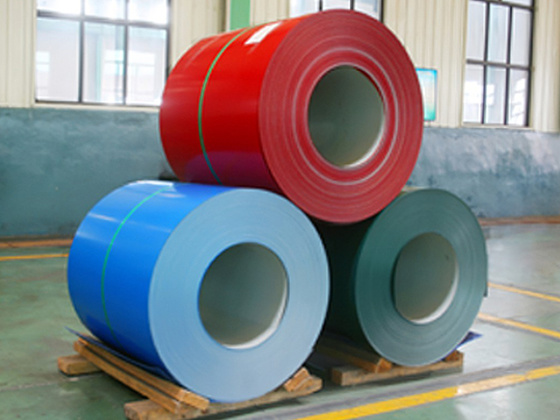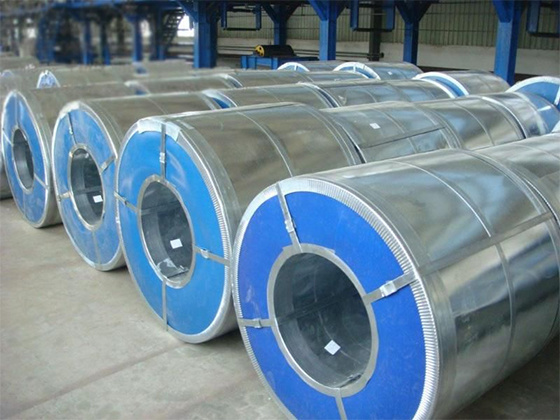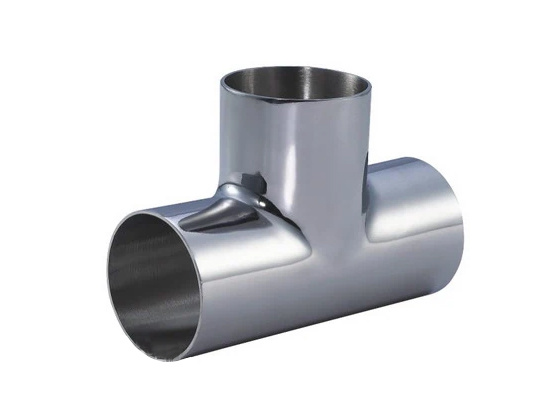Contact Us
E-mail:
sunjiyang@meidexiang.com
Tel/Wechat/WhatsApp:
+8618633701166
Tel/WeChat:
+86-13663271100
Address:
Hope New District, Mengcun, Cangzhou City, Hebei Province, China (East of Lijiapu Bridge, Cangyan Road 283)

Elbow
- Product Description
-
A bend is a type of pipe fitting used to change the direction of a pipeline, widely used in various piping systems. Here is a detailed introduction about it:
Structure and Shape
The shape of a bend is typically a curved tubular form with a curved arc, available in various angles, commonly 45°, 90°, and 180°. From a cross-sectional view, it matches the connected pipeline, generally round, but also available in square, rectangular, and other special shapes to meet different pipeline connection needs.
Classification
Classification by Material
Metal bends: such as carbon steel bends, stainless steel bends, and alloy steel bends. Carbon steel bends are cost-effective and have high strength, suitable for general pressure and temperature pipeline systems; stainless steel bends have good corrosion resistance and are commonly used in industries with high sanitary and corrosion resistance requirements, such as food, pharmaceuticals, and chemicals; alloy steel bends can withstand higher pressure and temperature, used in special high-pressure and high-temperature pipeline environments.
Plastic bends: including PVC bends, PPR bends, PE bends, etc. Plastic bends are lightweight, corrosion-resistant, and easy to install, widely used in building drainage and agricultural irrigation.
Ceramic bends: made primarily of ceramic, they have extremely high hardness and wear resistance, good corrosion resistance, and are commonly used in pipeline systems that transport highly corrosive or abrasive media, such as in mining and power industries.
Classification by Manufacturing Process
Stamped bends: formed by stamping sheet materials using molds, they have high production efficiency and lower costs, suitable for the production of small to medium diameter bends, but have relatively thin walls and limited pressure resistance.
Extruded bends: formed by heating pipe blanks and pushing them into molds, these bends have uniform wall thickness and can withstand higher pressures, suitable for various diameter pipeline systems, especially medium and large diameter pipelines.
Cast bends: produced through casting processes, they can create complex shapes and various specifications, but quality control is difficult, and internal defects such as air holes and sand holes may exist, generally used in pipeline systems with low pressure requirements.
Classification by Bending Radius
Long radius bends: have a larger bending radius, generally 1.5 times the nominal diameter, resulting in lower resistance and pressure loss when fluid flows through the bend, suitable for pipeline systems with low fluid resistance requirements.
Short radius bends: have a smaller bending radius, usually equal to the nominal diameter, their compact structure makes them convenient to use in limited spaces, but they have relatively higher fluid resistance.
Applications
Water Supply and Drainage Systems: In building water supply and drainage pipelines, bends are used to change the direction of water flow, allowing water to flow according to the designed route, achieving water supply or drainage functions in different areas.
Heating Systems: Used to change the direction of heating pipelines, ensuring that hot water or steam can be smoothly delivered to various rooms, ensuring the normal operation of the heating system.
Industrial Pipeline Systems: In industries such as chemicals, petroleum, and power, bends are used to connect various process pipelines, transporting different media to meet complex process flow requirements, such as connecting reactors, storage tanks, and transport pumps in chemical production.
Ventilation and Air Conditioning Systems: In ventilation and air conditioning duct systems, bends are used to change the direction of airflow, guiding air to flow along predetermined paths, achieving indoor air circulation and regulation.
Installation Points
Cleaning and Inspection
Before installation, the bends and connected pipelines need to be cleaned to remove debris and dust inside the pipes, while checking if the dimensions and specifications of the bends match the pipelines, and if there are any defects such as cracks or sand holes on the surface of the bends.
Installation Positioning
According to the design requirements of the pipeline system, accurately determine the installation position and angle of the bends, ensuring that the bends can correctly change the direction of the pipeline after installation, meeting the fluid transport requirements.
Welding Installation: For metal bends, if installed by welding, it must be operated by a professional welder to ensure weld quality, paying attention to control welding temperature and speed to avoid welding defects that could affect the strength and sealing of the bends.
Threaded Connection: If it is a threaded bend, appropriate tools should be used during installation, turning in the correct direction to avoid damaging the threads, while ensuring that the threaded connection is tight to prevent leaks.
Flanged Connection: When using flanged bends, attention should be paid to the alignment and flatness of the flange plates, tightening the bolts evenly to ensure the sealing of the flanged connection.
Pressure Testing: After installation, the pipeline system should undergo pressure testing to check the sealing and pressure resistance of the bends and the entire pipeline system, ensuring there are no leaks and meeting the operational requirements of the system.
Hot Tags:
Inquire Now
Note: Please leave your email address, our professionals will contact you as soon as possible!





